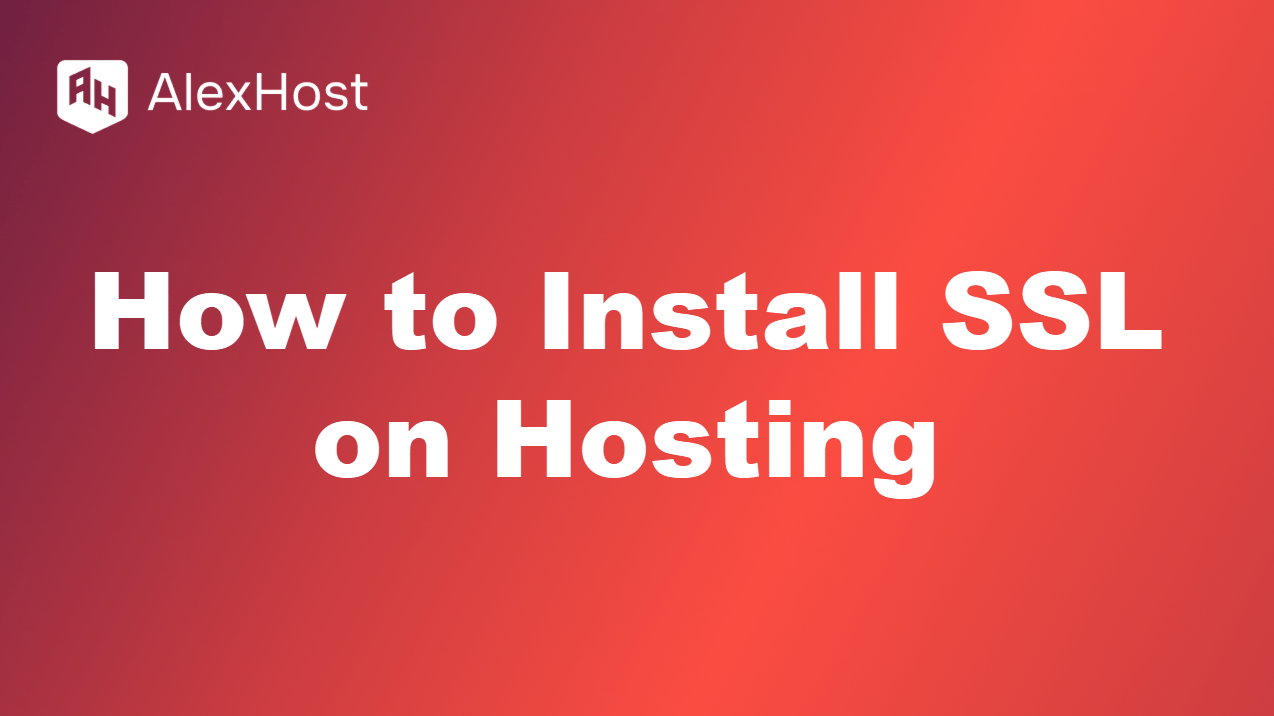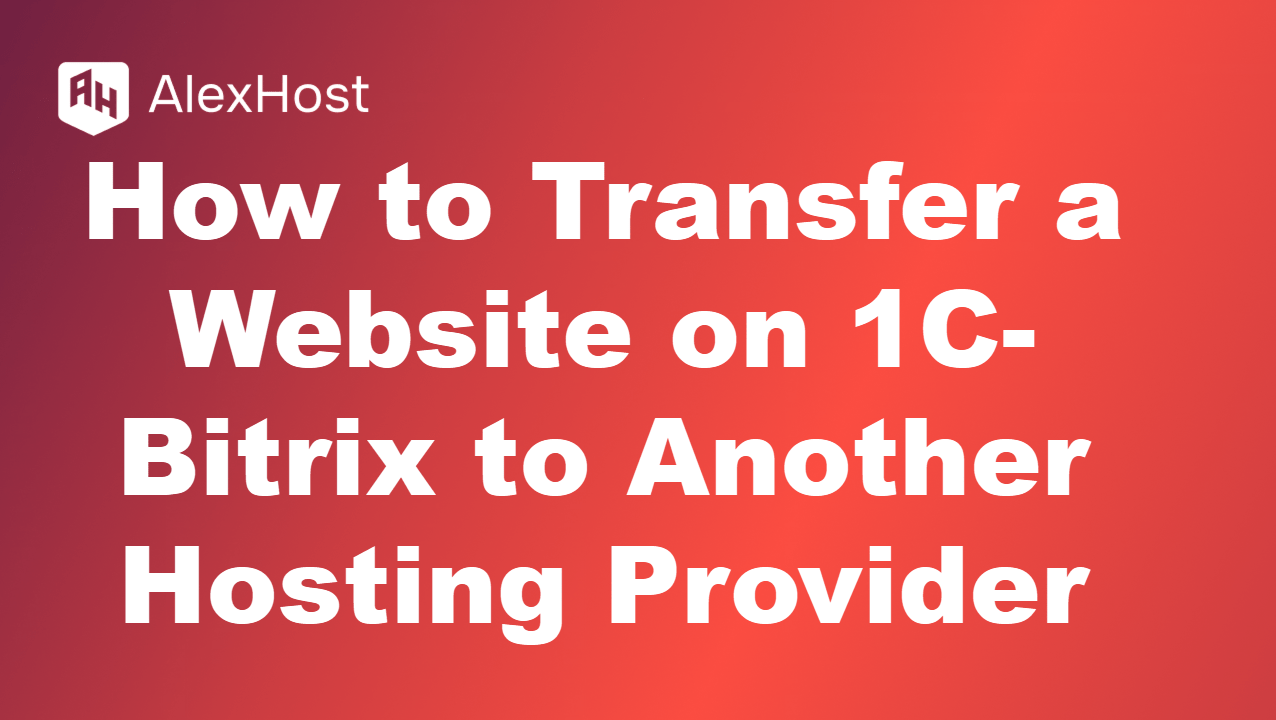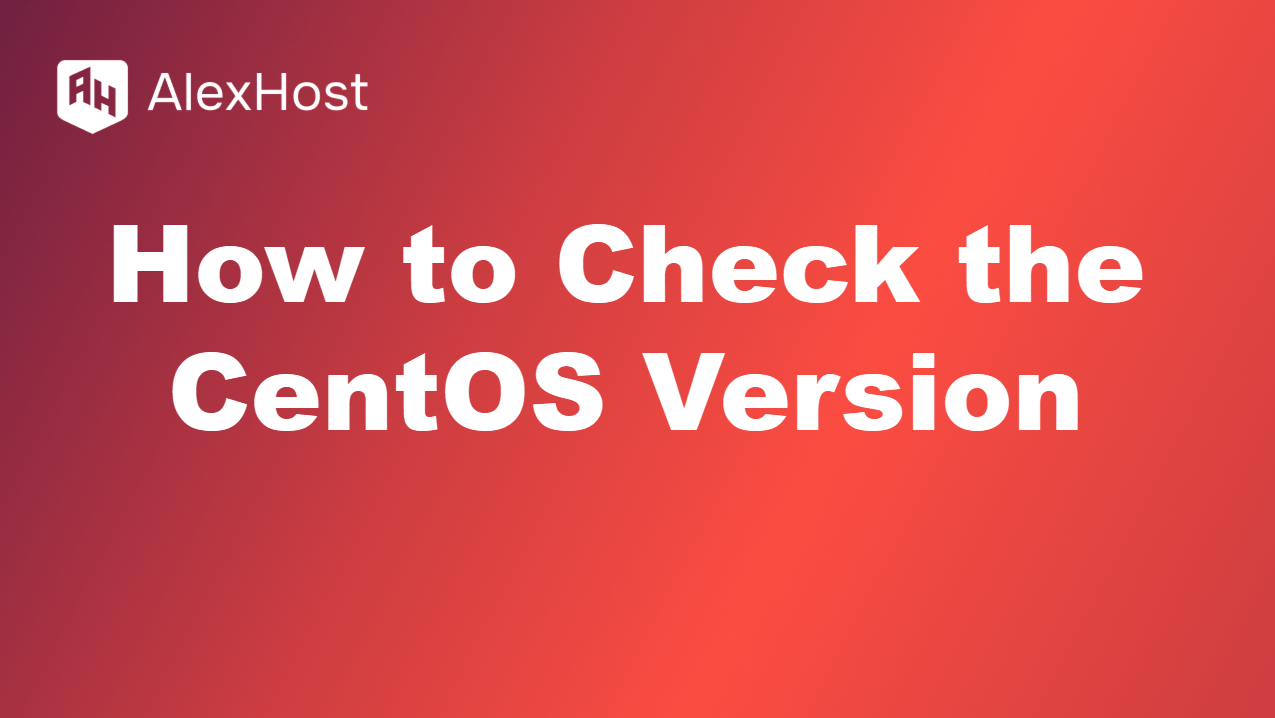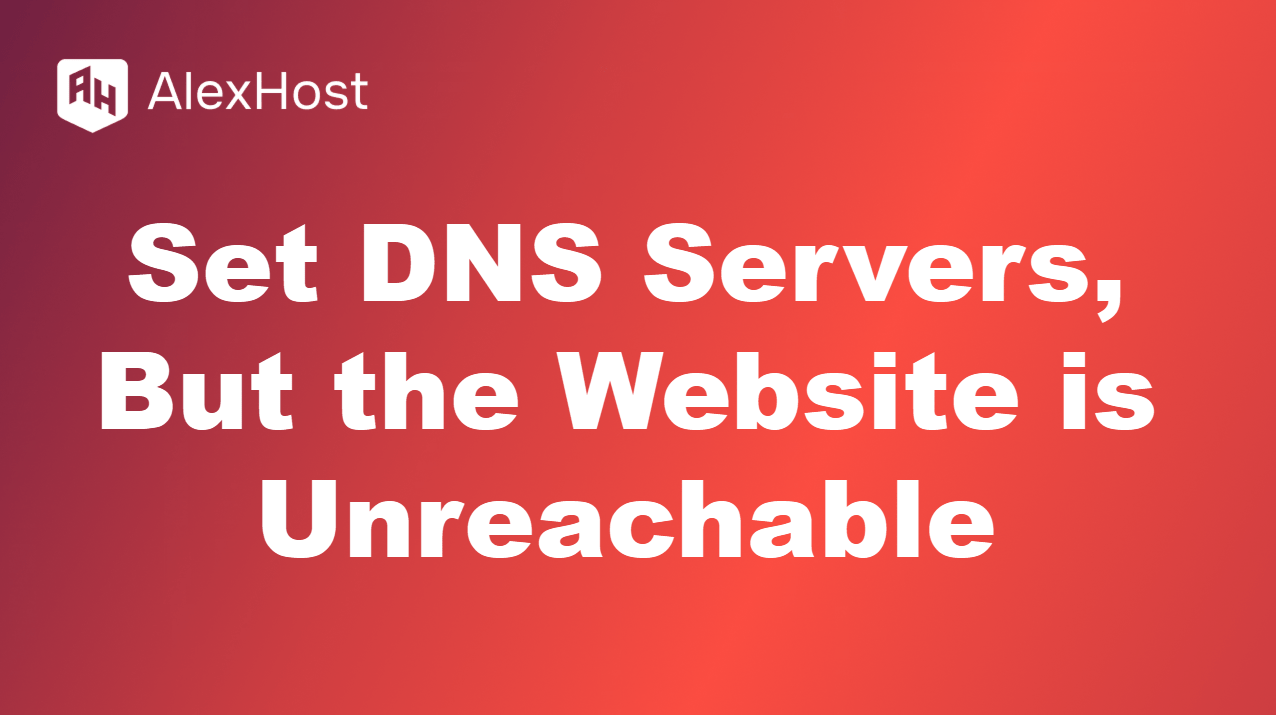Linking a domain to your hosting account is essential to make your website accessible via the internet. This process involves configuring DNS settings to point your domain to the correct hosting server. Here’s a step-by-step guide on how to link a domain to your hosting. 1. Obtain Your Hosting Provider’s Nameservers When you sign up […]
Installing an SSL certificate on your hosting account ensures secure data transfer between your website and its visitors by encrypting the information exchanged. SSL is essential for protecting user data and boosting your website’s search engine ranking. Here’s a step-by-step guide to installing an SSL certificate on your hosting. 1. Choose an SSL Certificate There […]
Transfer 1C-Bitrix to AlexHost: Step-by-Step Guide Why migrate to AlexHost? AlexHost’s VPS offers NVMe speed, root access, and DDoS protection for seamless 1C-Bitrix hosting. This guide ensures minimal downtime during file, database, and config transfer. 1. Preparation Steps Before starting the transfer, perform these preparations: Back Up Your Website: Create a complete backup of your […]
Hosting a Telegram bot requires a reliable server with adequate resources and accessibility to ensure smooth operation. Depending on the complexity of the bot, its user base, and the data it processes, choosing the right hosting can significantly impact performance and uptime. Here’s a guide to selecting the best hosting option for your Telegram bot. […]
Manage PostgreSQL Databases on Your AlexHost VPS Why run PostgreSQL on AlexHost? PostgreSQL (Postgres) is a robust, open-source relational database perfect for scalable apps, and AlexHost’s VPS with NVMe storage, root access, and DDoS protection ensures top performance and security. This guide covers essential PostgreSQL management commands—creating databases, tables, users, backups, and more—optimized for your […]
Knowing the CentOS version is essential when installing compatible software, troubleshooting, or managing updates on a CentOS server. CentOS provides several commands to display the version information, and here’s a guide to checking your CentOS version accurately. 1. Using the cat Command to Display the Release File CentOS stores version information in the /etc/centos-release file. […]
FreeBSD and Linux are both Unix-like operating systems popular in server and desktop environments. While they share similarities, they also have distinct differences in architecture, licensing, package management, and use cases. Here’s an in-depth look at what sets FreeBSD apart from Linux. 1. Origins and History Linux: Created by Linus Torvalds in 1991, Linux is […]
Grafana is an open-source tool for visualizing and monitoring system metrics, providing powerful dashboards for data collected from various sources. This guide will show you how to install Grafana on Ubuntu, configure it, and set up your first dashboard to visualize data from sources like Prometheus, InfluxDB, or Elasticsearch. 1. Update System Packages Before installing […]
Website Unreachable? Troubleshoot DNS Issues Like a Pro Why is my website still down after setting DNS servers? You’ve set up your DNS servers, but your website is still unreachable—frustrating, right? The culprit could be DNS propagation delays, misconfigured records, or network issues. This guide walks you through the common causes and step-by-step fixes to […]
Ubuntu is a versatile Linux distribution that allows users to install and configure a wide range of components and software to suit their needs. Here’s a guide to installing essential components and configuring Ubuntu to optimize performance and usability. 1. Updating Ubuntu Before installing new components, ensure your system is up-to-date: sudo apt update && […]
















